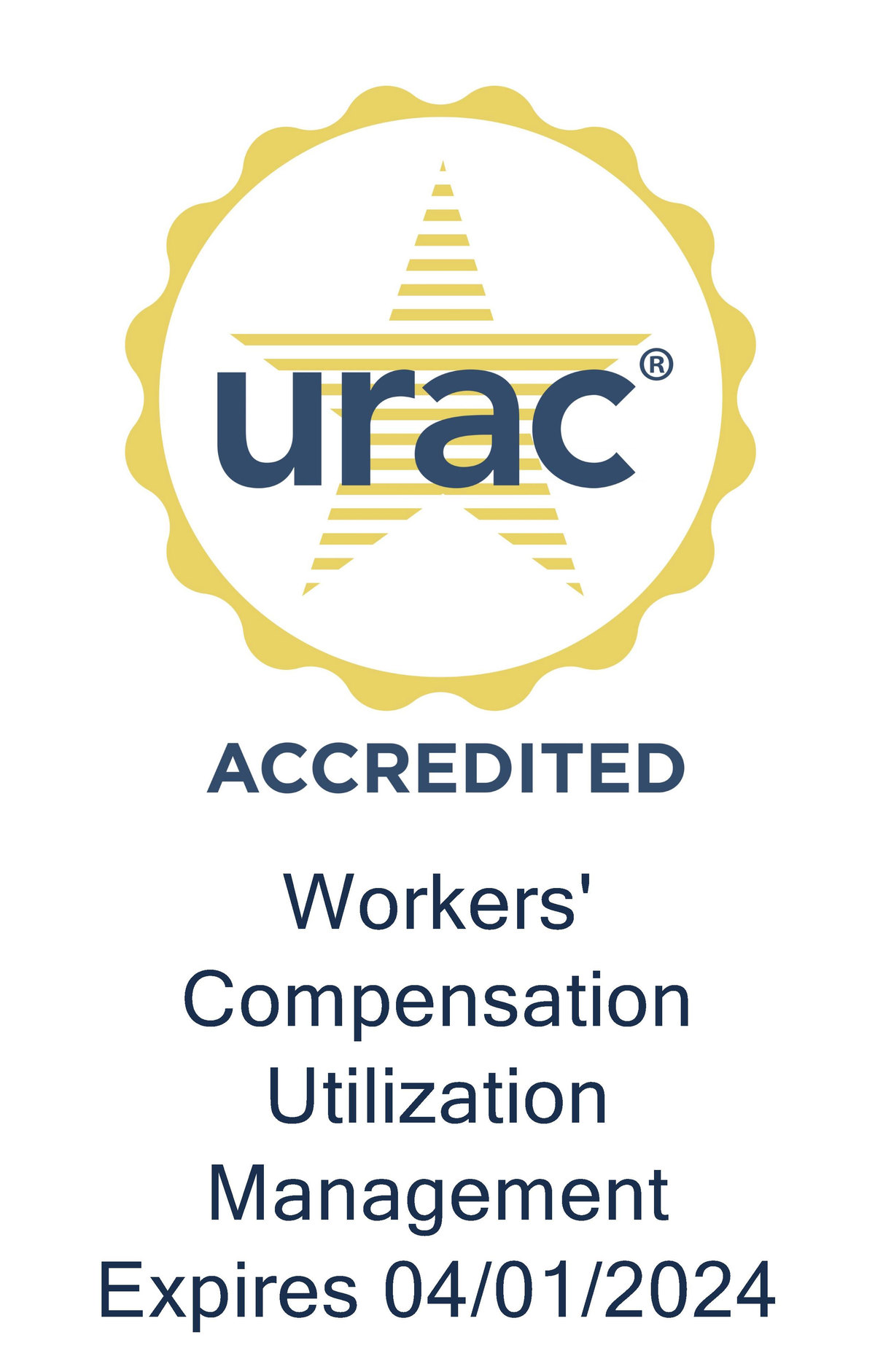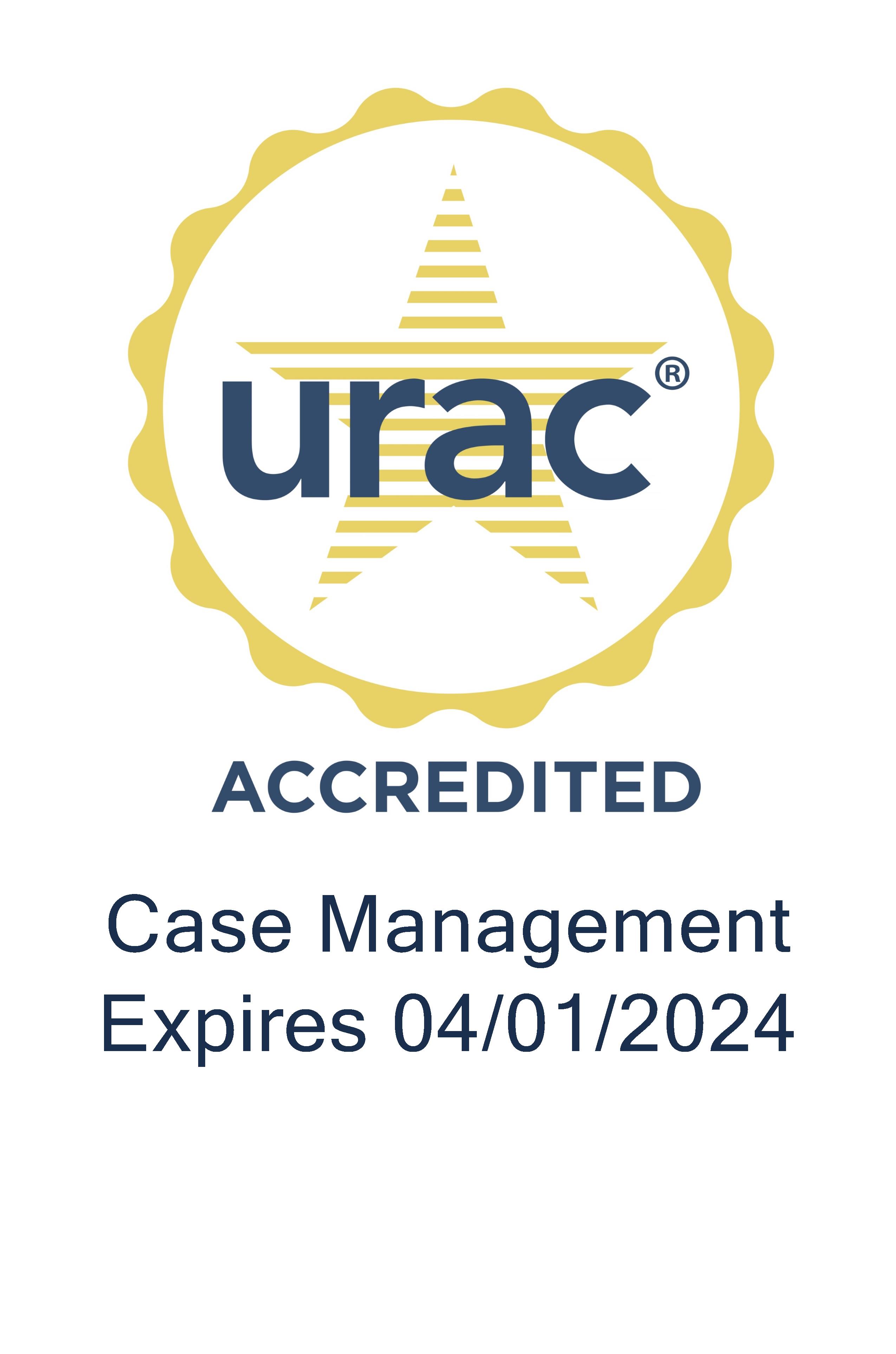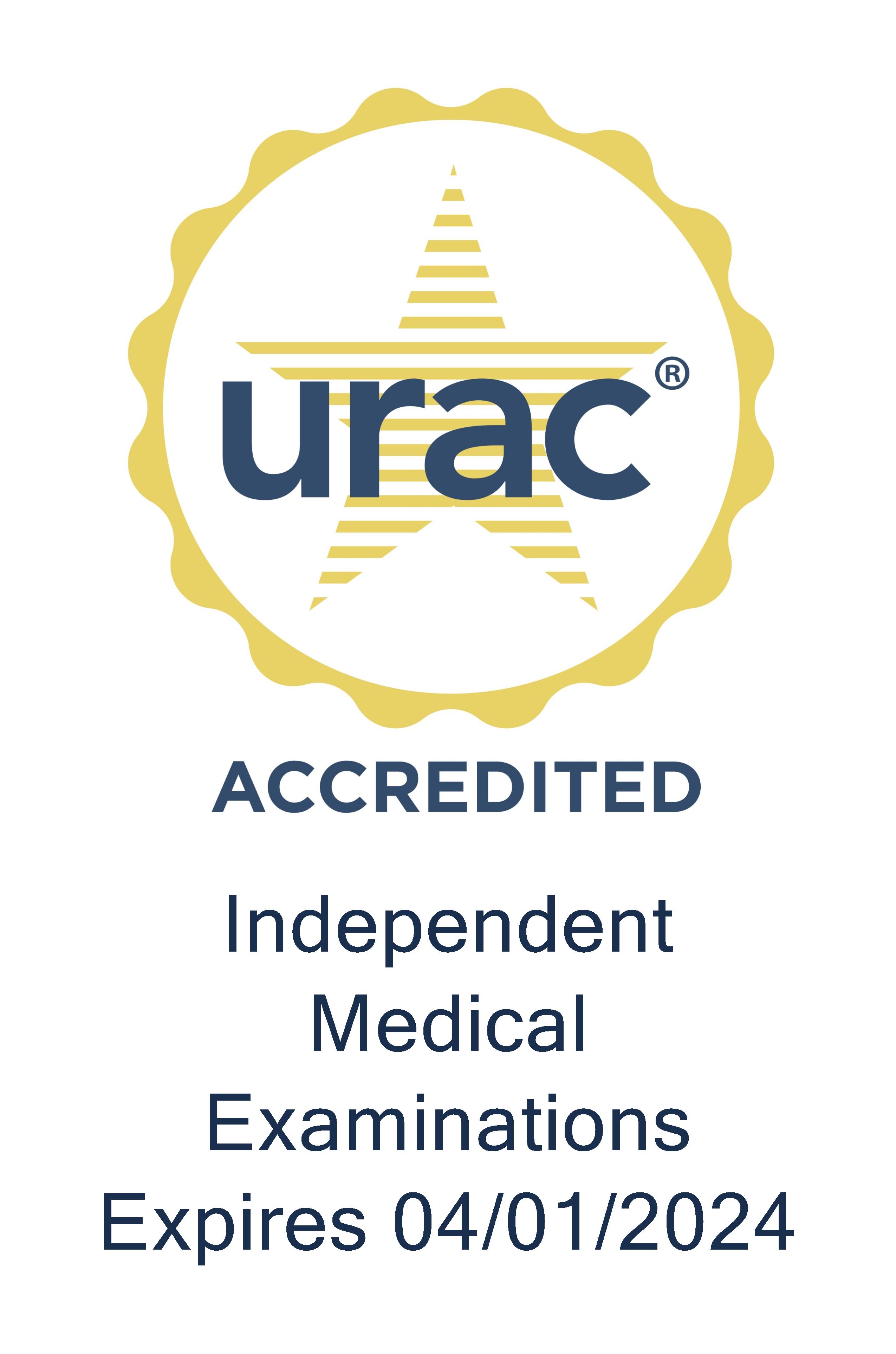Game Changer: Joint Commission Pain Management Rules and Workers’ Comp
Keeping up with opioid reform initiatives in workers’ comp can be challenging. However, it’s imperative that industry professionals are also aware of the Joint Commission’s new pain management protocols as well, says Mark Pew, Senior Vice President of PRIUM, a division of Genex Services.
Tom Kerr (TK): Mark, thanks for joining us today.
Mark Pew (MP): Thanks for having me, Tom
TK: So, Mark, with the new year approaching, what do you consider to be one of the more pressing opioid reform measures that workers’ comp professionals may not know about?
MP: Well, the Joint Commission is establishing a new approach to pain management, Jan 1 That, means all 25,000 health care organizations that are accredited by the Joint Commission have to come up with a different way of managing pain.
And I really enjoyed reading the interpretation of what the Joint Commission wants to do. They want to reduce the opioid use, but they also want to have physicians, and the hospital organizations, and health care organizations talk about non‑pharma options, alternatives. The stuff I've been talking about forever — the biopsychosocial model, dealing with active therapy, dealing with resiliency and coping mechanisms, dealing with mindfulness and meditation, figuring out stretching exercises — talking about all those different things that the pill is not the solution. The pill a temporary stopgap measure until you get to the solution which is backed activity in function.
So, hospitals and health care organizations are potentially going to have to rethink completely how they approach pain. addressing of pain with opioids is not the status quo acceptable right now. The high moral ground is helping people engage and be active, involved in their treatment pattern, and to do as much as they can from an activity and function standpoint. Not relying on somebody or something else to take care of their problem, but maintaining the locus of control within themselves in developing the resilience, and coping mechanisms do that.
TK: So, what are some of the guidelines that Joint Commission accredited facilities will need to follow?
MP: So, when you read the Joint Commission's outline, they want someone at the hospital to manage that process, to rewrite manuals, to rewrite policies and procedures. They want new metrics to be able to measure outcomes. And it's not about fee‑for‑service, it’s about clinical outcomes. How good are you at getting people back to function as quickly as possible?
Now Jan. 1 isn't very far away, right? So, it's entirely possible that some hospitals and some health care organizations already have this in place, and it's pretty much codification of what they had already done. But I guarantee you, because of the opioid epidemic, there are other health care organizations that this is going to be, “I gotta do what?"
TK: And how will these changes impact the opioid problem in workers’ comp?
MP: If you tend to think of work comp as only stuff that says "work comp" in the law and statue, you can lose sight of the bigger picture. So, I think the big thing is going to be, because these are hospitals primarily, it's there in the acute phase. So, when injured workers originally get hurt and go into the hospital, what we need to understand from a work‑comp standpoint is those hospitals are going to be held to a different standard.
So, I think what hopefully we'll find is that we have less people where acute pain turns into chronic pain inappropriately. There are some circumstances and some conditions and some injuries that will have residual chronic pain. The doctor does everything right, the patient is fully engaged, and they do everything right. They got a good family support system. And, yet, the damage that they did is going to have, leave some residual pain. Unfortunately, we got a lot of people in chronic pain that started in an acute pain stage and the acute pain stage wasn't handled properly; either because the wrong treatment was selected, they became reliant on drugs, and it evolved into chronic pain that really never should've gotten there. And, so, I think that's where the impact could be.
Maybe in two or three years if we look back on comp, maybe we see less chronic pain cases because the acute pain stage is being handled more efficaciously by not over‑prescribing opioids, by prescribing more locus‑of‑control‑within‑yourself‑type stuff in order to manage their pain. And, so, they're being taught early on that it's time to get back to life. That checking out just because you had an injury is not the option now.
So, I think what we need to do as an industry is to make sure that the hospitals, the doctors, the health care organizations See if they're accredited by the Joint Commission. If they're accredited by the Joint Commission, now you got a new dialogue to have. "Tell me how you're becoming compliant with the Joint Commission. Tell me the metrics that you're measuring. Tell me the person who owns the pain management." If you're engaging with a hospital and, and you got an injured worker, and say you got a nurse case manager because it's a catastrophic injury, the nurse case manager could engage with them right up front. “Should I expect different progress reports? Should I expect different treatment patterns? Should I expect different things being prescribed or not being prescribed?” That'd be an interesting discussion on Jan. 2.
TK: Thanks, Mark. And that wraps up our Inside Workers’ Comp podcast series for the year, but we look forward to addressing the exciting challenges that 2018 brings in a few weeks. So, from all of us at Inside Workers Comp, Happy Holidays and, until next year, thanks for listening.






